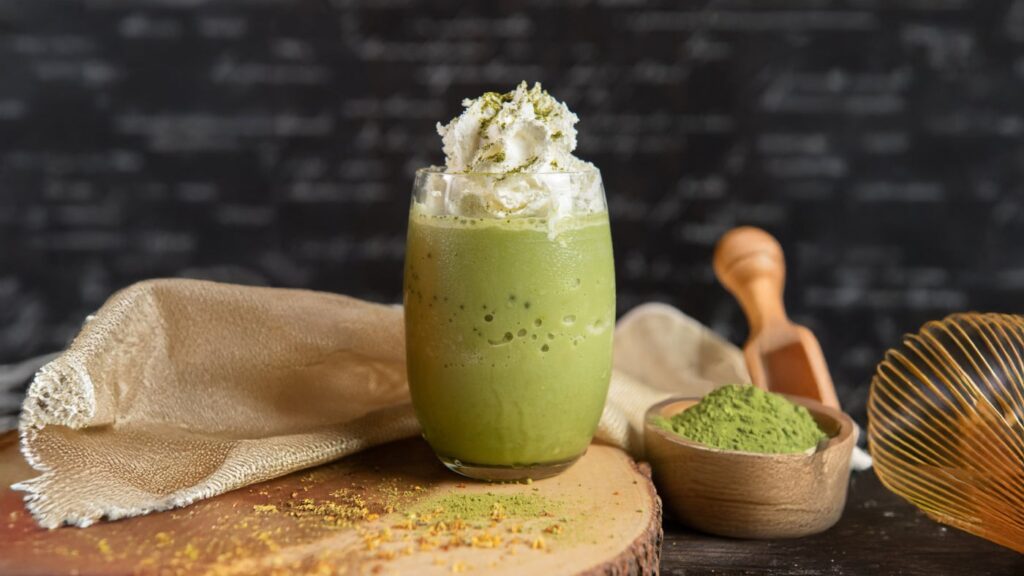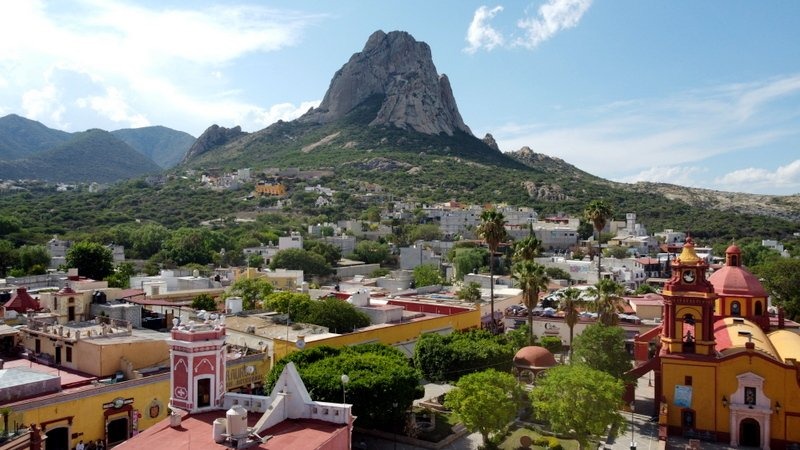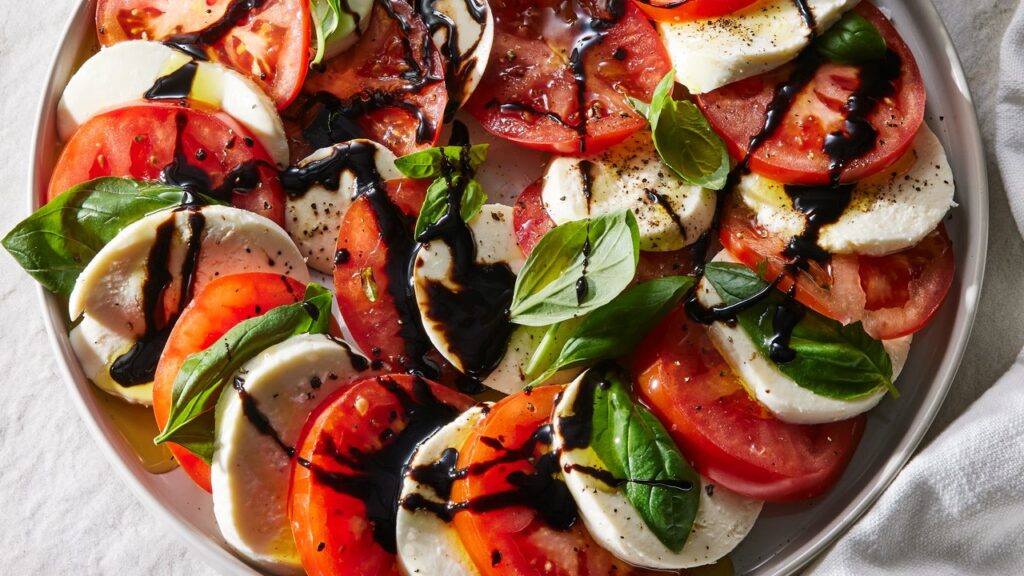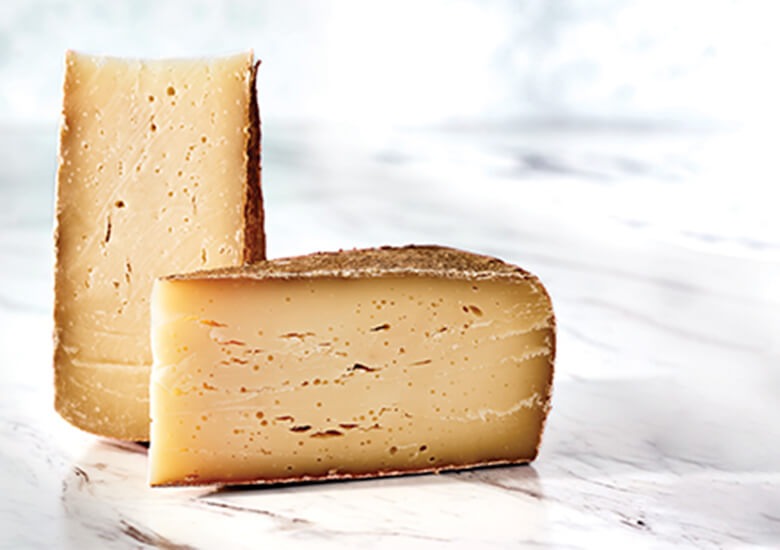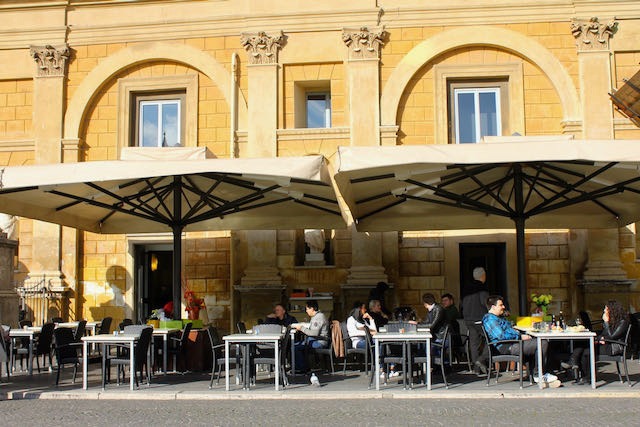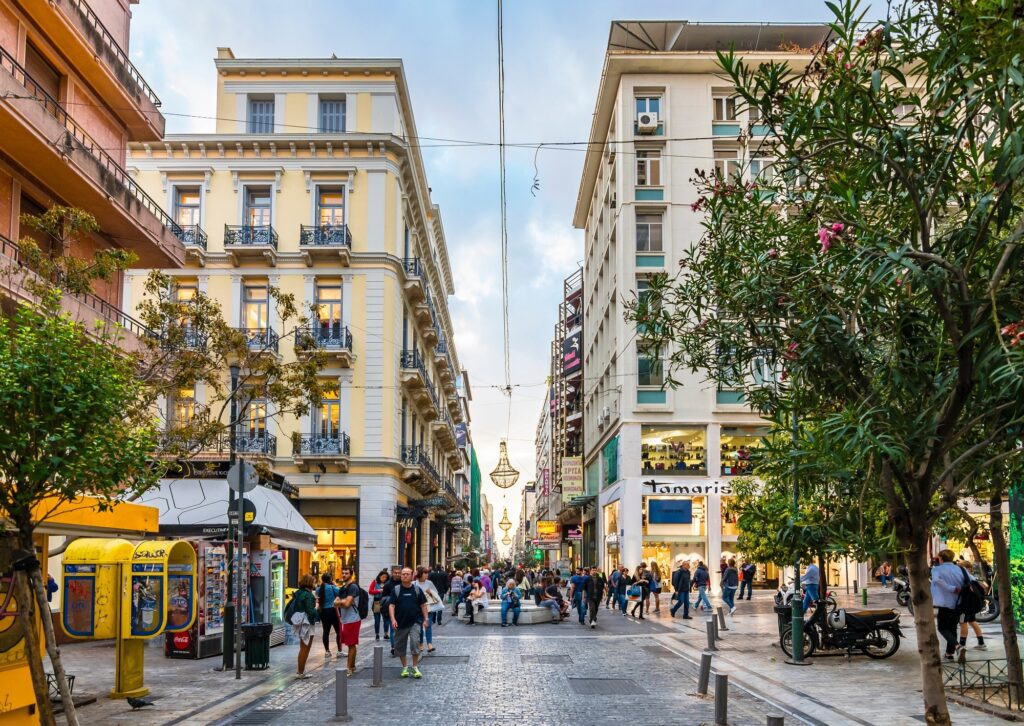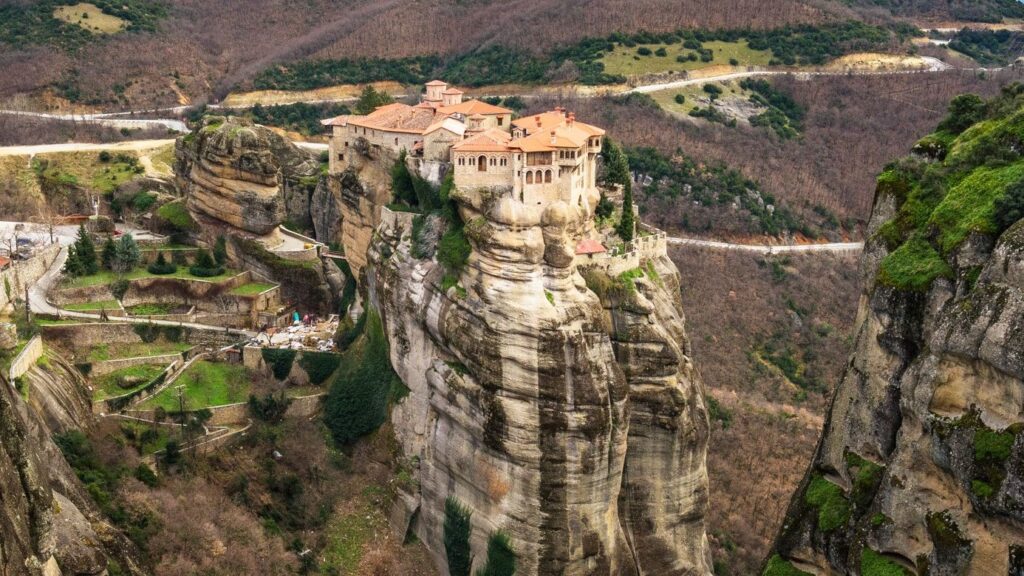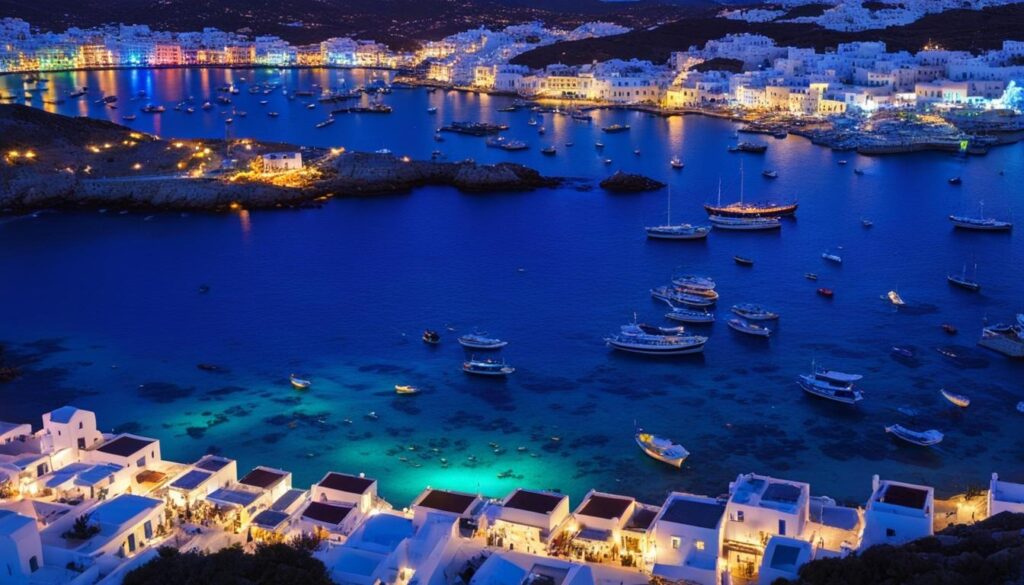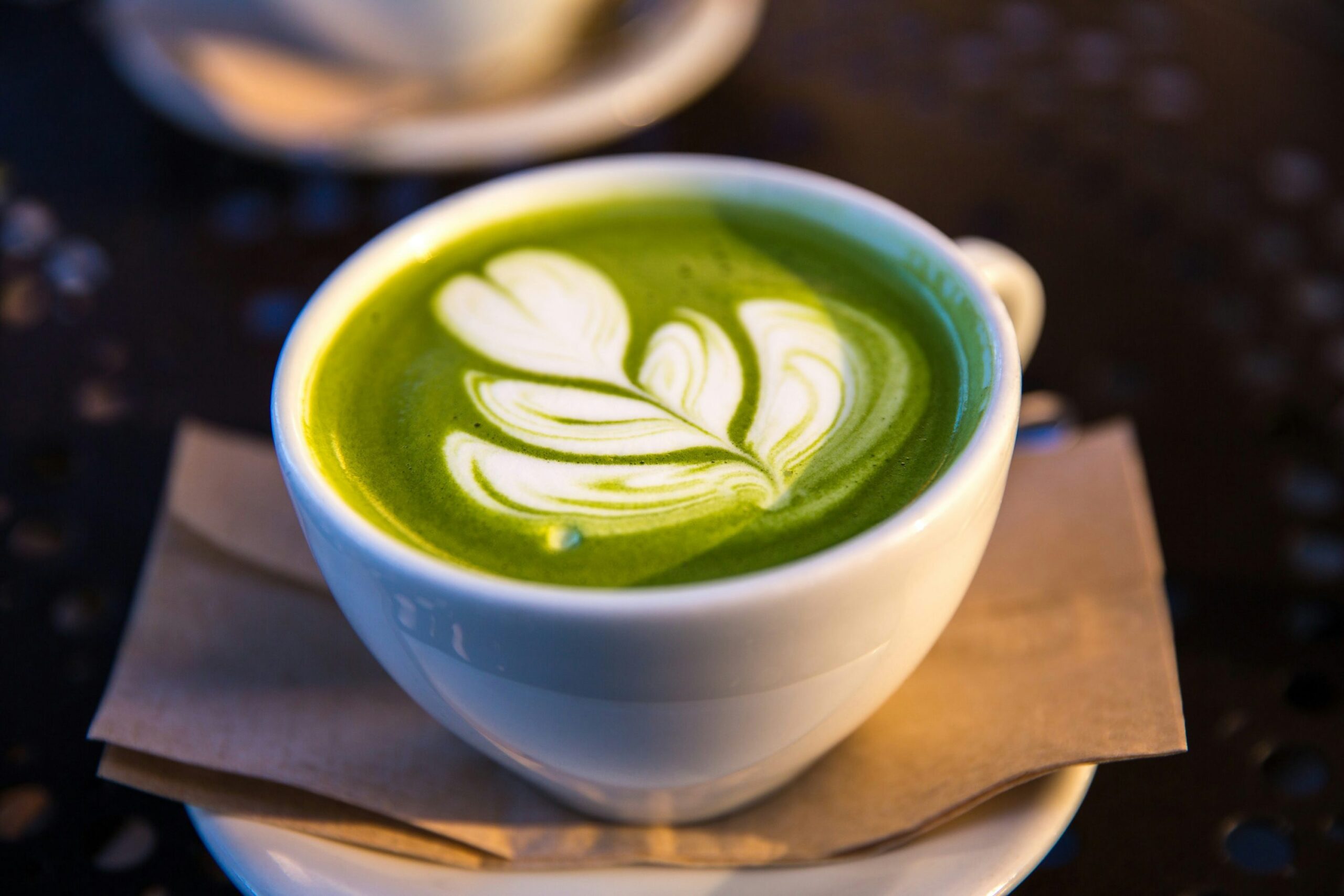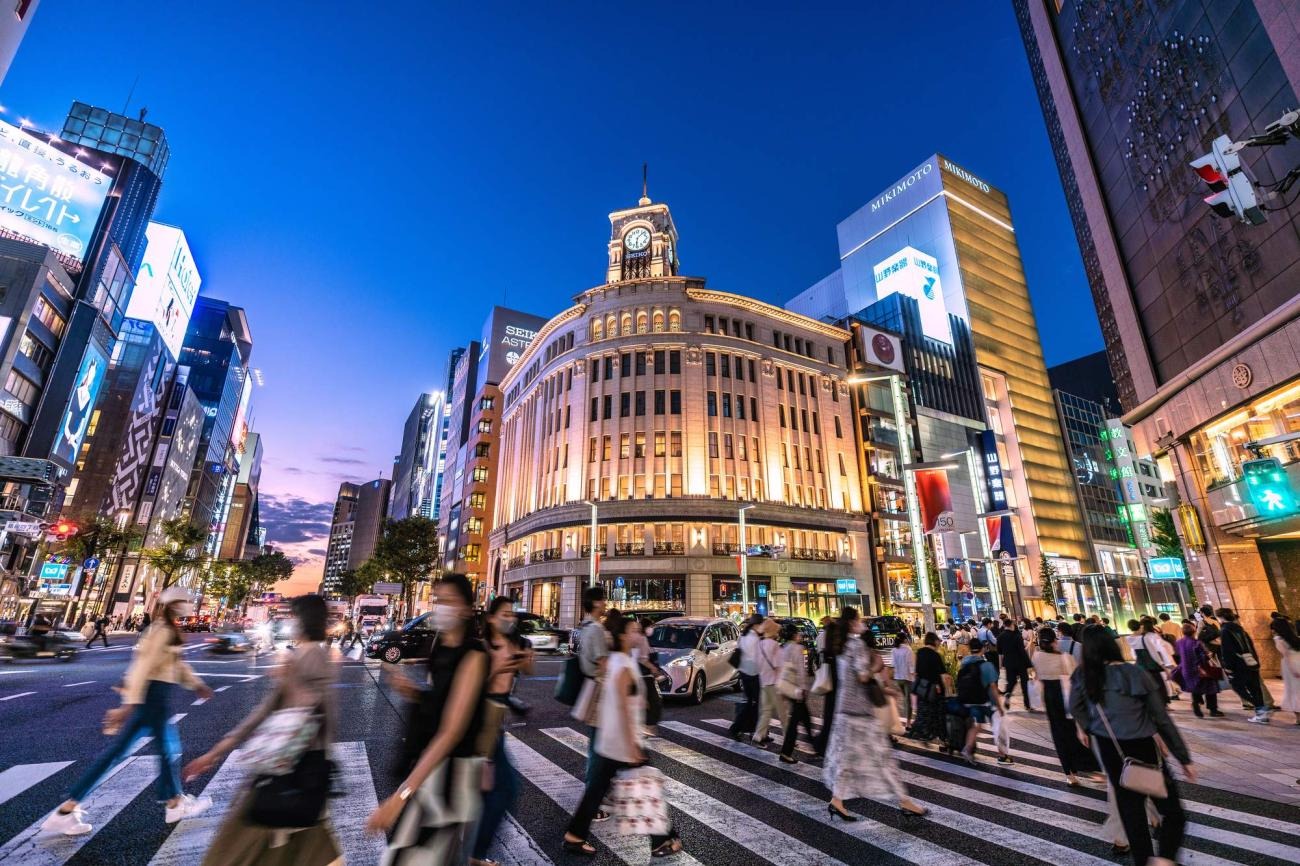London, a city renowned for its rich history and vibrant culture, also boasts an incredibly diverse and exciting food scene. Whether you’re a seasoned foodie or a casual diner, London’s culinary landscape offers something to tantalize every palate. From Michelin-starred restaurants to cozy street food stalls, the city’s eateries reflect its multiculturalism and gastronomic innovation. Here’s a guide to some of the best food experiences in London that you won’t want to miss.
Iconic British Eats
1. Traditional Fish and Chips

No visit to London is complete without indulging in the classic British dish of fish and chips. Head to a traditional chippy like Poppies Fish & Chips in Spitalfields for crispy, golden battered fish served with chunky fries and a side of mushy peas. For an authentic experience, don’t forget the malt vinegar and a sprinkle of sea salt.
2. Hearty Sunday Roast

Experience a quintessential British Sunday roast at The Roast in Borough Market. This hearty meal typically features succulent roast beef, crispy roast potatoes, Yorkshire pudding, and seasonal vegetables. It’s a comforting dish perfect for a leisurely afternoon.
International Flavors
1. Diverse Indian Cuisine

London is home to a plethora of excellent Indian restaurants, but Dishoom offers a unique dining experience with its Bombay-style menu. From aromatic biryanis to flavorful curries and freshly baked naan, the vibrant dishes at Dishoom will transport you straight to India.
2. Authentic Italian Pizzas

For pizza enthusiasts, Franco Manca serves up sourdough pizzas with fresh, locally-sourced ingredients. Their Neapolitan-style pizzas, with a variety of toppings ranging from classic Margherita to inventive seasonal options, are a must-try for any pizza lover.
Trendy Eateries
1. Gourmet Burgers

If you’re craving a gourmet burger, look no further than Patty & Bun. Known for their juicy patties and creative toppings, Patty & Bun’s burgers are a hit with locals and visitors alike. Try the ‘Ari Gold’ with its perfectly seasoned beef patty and deliciously melted cheese.
2. Cutting-Edge Cuisine

For a taste of avant-garde cooking, visit Sketch, a Michelin-starred restaurant in Mayfair. The menu is a culinary journey that combines modern techniques with artistic presentation. From inventive starters to exquisite main courses and decadent desserts, Sketch offers a dining experience that’s both visually stunning and delicious.
Sweet Treats
1. Decadent Desserts

Indulge your sweet tooth at Ladurée, known for its exquisite French pastries and macarons. Located in Covent Garden, this patisserie offers a range of beautifully crafted desserts that are as delightful to the eyes as they are to the taste buds.
2. Artisanal Ice Cream

For a refreshing treat, Gelupo in Soho serves artisanal gelato that’s rich in flavor and made with high-quality ingredients. With a variety of unique flavors like pistachio and caramelized fig, Gelupo is the perfect spot for a sweet escape.
Market Delights
1. Borough Market

Explore Borough Market, one of London’s oldest and most famous food markets. Here, you can sample an array of gourmet foods, from artisanal cheeses and cured meats to freshly baked bread and exotic fruits. The market’s lively atmosphere makes it a great place to discover new flavors and enjoy a meal on the go.
2. Camden Market

Another must-visit is Camden Market, known for its eclectic food stalls offering everything from Korean barbecue to vegan delights. The market is a melting pot of international cuisines and is perfect for a culinary adventure through diverse flavors and dishes.
Dining with a View
1. Sky-High Dining

For a meal with a view, head to Aqua Shard on the 31st floor of The Shard. The restaurant offers stunning panoramic views of London along with a menu of contemporary British cuisine. Whether you’re enjoying a leisurely brunch or a sophisticated dinner, the breathtaking skyline makes for an unforgettable backdrop.
2. Riverside Dining

The Ivy Tower Bridge provides a charming riverside dining experience with a menu that features classic British dishes and modern favorites. The restaurant’s location offers picturesque views of the Thames and Tower Bridge, making it an ideal spot for a romantic meal or a celebratory lunch.
London’s food scene is as diverse and dynamic as the city itself. From traditional British fare and international delights to trendy eateries and market stalls, there’s something for every taste and budget. Whether you’re a local or a visitor, exploring the best food in London is a culinary adventure you won’t want to miss. So, grab your fork and knife, and get ready to savor the flavors of this incredible city



